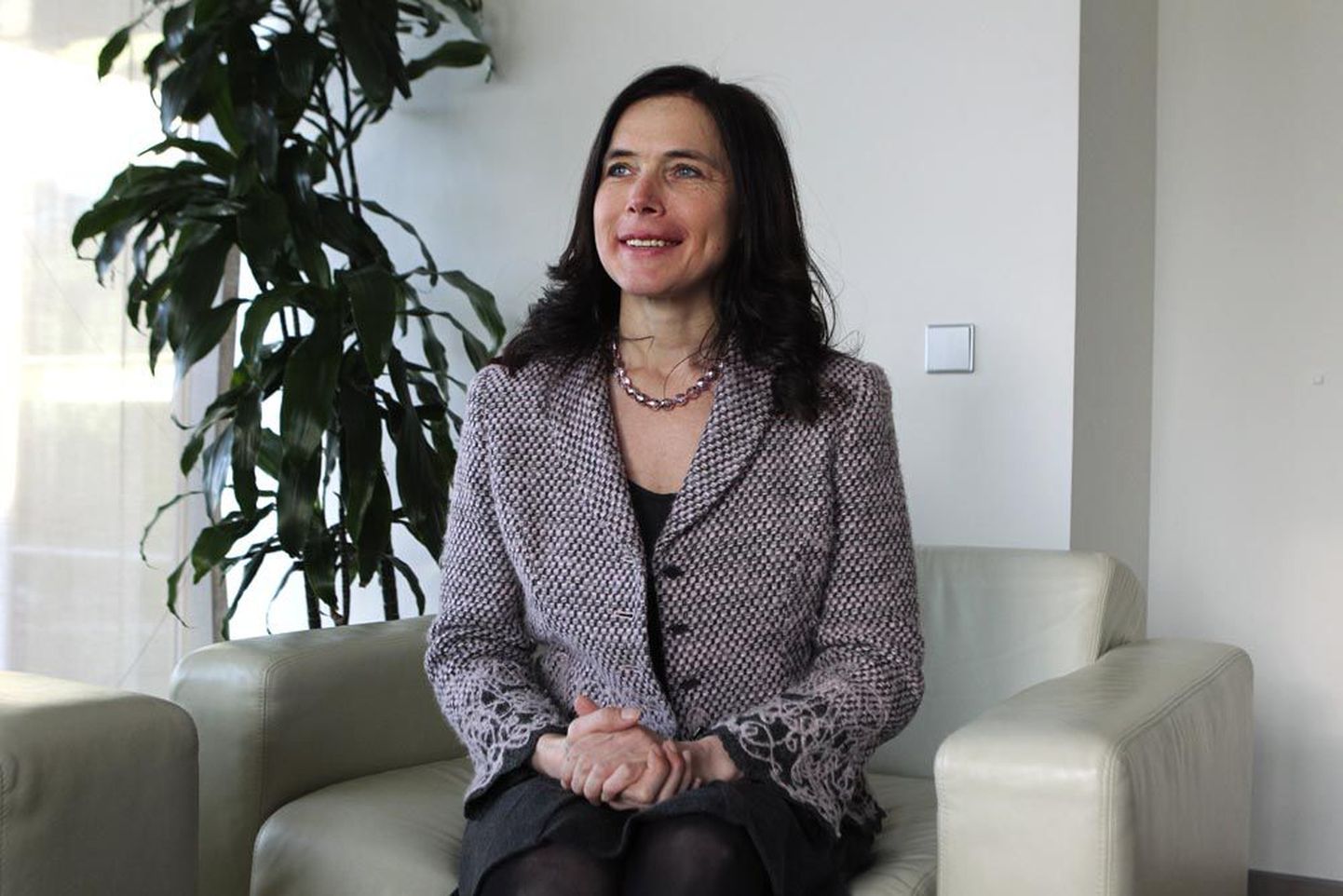You were presenting, in Tallinn, a future cooperation program awarding €8bn, of the next science budget, for such projects involving industry. Why is it important to pour public money into industry, like this?
This is the part of the larger framework programme Horizon 2020 (to finance research and innovation – edit) where substantial sums are placed into specific fields in cooperation with the private sector. It is hoped that, on the one hand, innovation will thus be significantly boosted, leading to more quality results.
The newest initiatives of the program include use of biological resource, and this should form quite a standalone sector. Currently, chemical industry never talks to farmers, for instance, about the raw material the latter need. By creating a joint platform, creation of the value chain should be enhanced. With other initiatives, this already exists, having functioned for five-six years.
You have underlined that European research tends to excel in volume, not in impact. What holds back the breakthrough?
Looking at the top ten percent of most quoted scientific articles, in many fields the US scientists have the lead. Europe does have its fields like space studies and several fields of energy; even so, when it comes to areas where Europe produces most publications, we are not the world leaders, don’t have the greatest impact. This is something to think about. The areas where we have some stars, however, are not necessarily the largest volume-wise. This is the overall European research: lots of good, not enough of the excellent.

